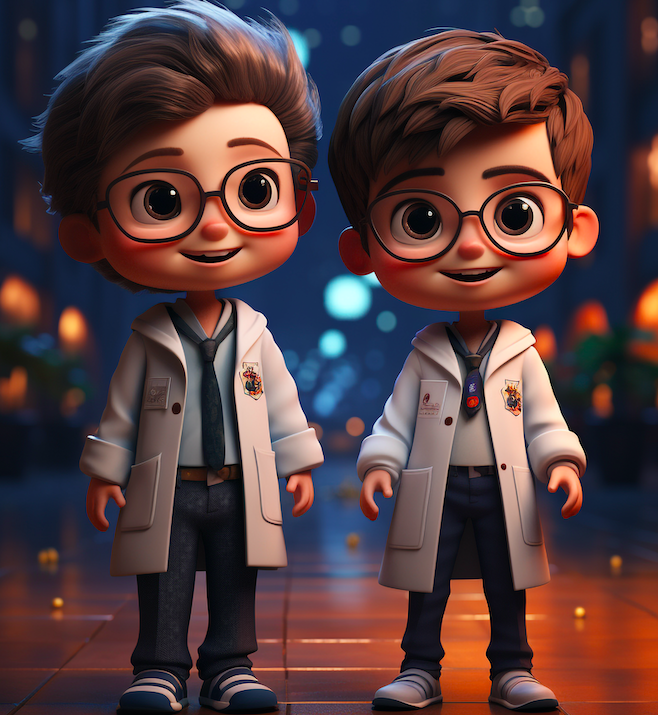
23 Jul Effective Therapy Techniques and Tools for Treating Children
Treating children in therapy encompasses a range of specialized approaches, each tailored to engage young minds and address their specific emotional and behavioral needs. Effective therapy techniques for youth include behavioral methods, narrative strategies, psychoeducational tools, and more experiential forms like play therapy, cognitive behavioral therapy (CBT), family therapy, and creative therapies such as art and music.
Engaging children in a strong therapeutic alliance with the therapist requires skill and technique to promote opportunities for the youth to discuss their thoughts and feelings in sessions. Studies have demonstrated that children do not process emotions in the same way adolescents or adults do; therefore, traditional talk therapy is not as effective in connecting with young children in a way that promotes conversation about their stressors.
Play Therapy
Play therapy leverages the natural medium of play to help children express their feelings and work through conflicts. In play therapy, toys, games, and activities are more than just playthings; they serve as tools for communication. Therapists observe how children use play to recreate experiences and express emotions they might not have the words to describe. This approach allows therapists to gain insights into the child’s inner world and helps children learn to express themselves more adaptively both in therapy and in the outside world. A meta-analysis of 93 studies in the Professional Psychology Research and Practice (2005) found that play therapy, particularly humanistic approaches and those involving parents, effectively treats children regardless of age, gender, or issue, with an overall effect size of 0.80 standard deviations.
Cognitive Behavioral Therapy (CBT)
CBT for children is adapted from adult models to fit the cognitive development level of younger patients. It teaches children how to identify negative thought patterns that influence behavior, providing them with strategies to challenge and change these thoughts. CBT involves activities that make abstract concepts tangible, such as using visuals to represent thoughts and emotions or story-telling to explore alternative outcomes to situations that might cause anxiety or distress. These CBT approaches help children gain control over their thoughts and behaviors and learn coping mechanisms that can help them in various aspects of life. The Beck Institute cites numerous studies that support CBT as efficacious in treating youth across various disorders.
Family Therapy
Family therapy is vital as a child’s behavioral or emotional issues are intertwined with family dynamics. Family therapy focuses on improving communication within the family unit, resolving conflicts, and understanding individual roles. It can enhance the family’s ability to support the child’s mental health needs by addressing systemic issues and promoting healthier interactions. By involving the family, therapists can work on creating a supportive home environment that reinforces the therapeutic work done in sessions. Numerous structured family therapy models, including Functional Family Therapy (FFT) and Multi-Systemic Therapy (MST), offer strong outcomes in treating youth with mental health symptoms.
Art and Music Therapy
Creative arts therapy offers alternative avenues for expression for children who struggle to express themselves verbally. Art and music therapies allow children to navigate their emotions through creative mediums. Art therapy might involve drawing, painting, or sculpting, providing a non-verbal mode of expression and reflection. Similarly, music therapy can include playing instruments, singing, or moving to music, helping children to release emotions and communicate feelings in a supportive setting. These forms of treatment can be particularly effective for processing complex feelings like grief, anxiety, or anger and can also enhance personal growth and self-esteem. A 2021 study in the Psychology in Schools journal found that the use of creative art therapy in the school system produced targeted improvement in psychosocial and behavioral domains.
In conclusion, it is imperative to recognize that treating children cannot simply be a modified version of adult therapy. Effective forms of treatment must engage youth on an age-appropriate level that aligns with their ability to adequately verbalize their feelings. By utilizing creative forms or approaches to treatment, therapists can help children express themselves and work through conflicts in ways that suit their developmental stage. Adopting a strengths-based approach that empowers children and encourages their personal growth and self-esteem is essential. Engaging with children in therapy in a manner that respects their unique emotional and cognitive development promotes successful outcomes.
Bratton, Sue & Ray, Dee & Rhine, Tammy & Jones, Leslie. (2005). The Efficacy of Play Therapy With Children: A Meta-Analytic Review of Treatment Outcomes. Professional Psychology: Research and Practice. 36. 376-390. 10.1037/0735-7028.36.4.376.
Frydman, J. S., Hyman, S., & Caputo, S. (2022). Creative arts therapy in the United States school system: An integrative systematic review of empirically evaluated interventions from the past decade. Psychology in the Schools, 59(3), 535-556. https://doi.org/10.1002/pits.22629




